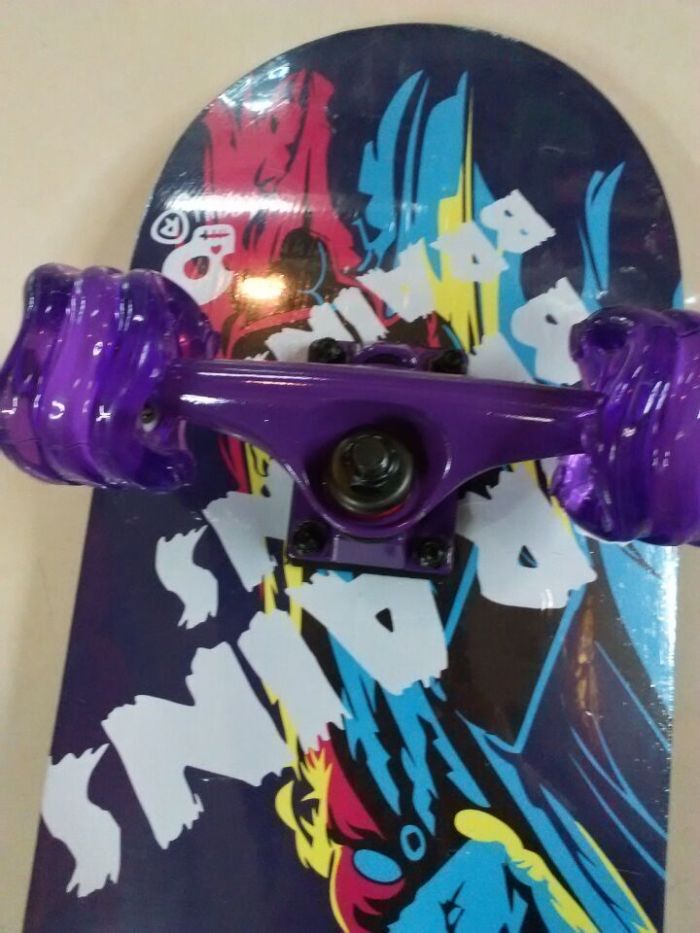
Search history
Clear allSearch by image
XDrag and drop an image here or upload an image
Max 5MB per image
UploadSign In | Join

Search history
Clear allSearch by image
XDrag and drop an image here or upload an image
Max 5MB per image
UploadSign In | Join
X Email Mobile
| 1000 | ¥0.0 | 999999 piece available |
|
A new item has been added to your Shopping Cart. You now have items in your Shopping Cart.
Yongkang Tangxian Fitness Products Firm 14yr.
Contacts:施桂兰Chat
Mobile:86-85199915
E-mail:ala5169430@126.com
Packaging information
CTN Size: 84 × 20.5 × 50 cm
G.W./CTN:14 kg
QTY/CTN:6 piece/carton





Update time:
TOP